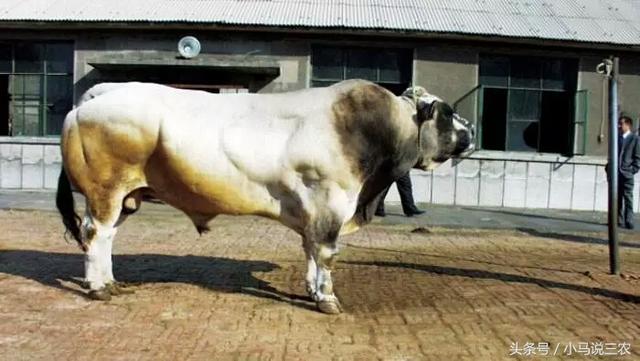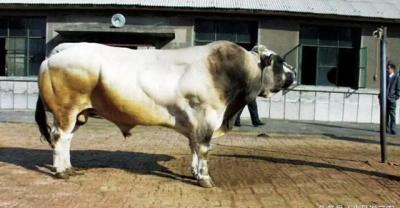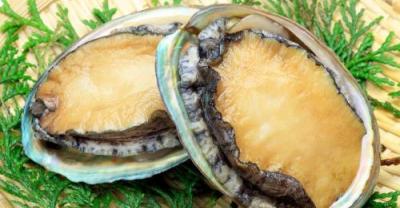How to improve the efficiency of large-scale beef cattle breeding in winter?

1. Choose good fattening cattle
Fattening cattle should choose beef breeds such as Simmental, Charolais and Limuzan or improved local breeds, healthy and disease-free, uncastrated bulls weighing more than 250 kilograms and aged 1-2 years old. choose cattle with bright eyes, moist nose, big mouth, strong appetite, large food intake, stout limbs, bright coat, long body, deep chest and wide chest.
Second, adjust the temperature of the barn
The lowest temperature in the barn should be kept above 5 ℃. If the temperature is too low, the weight gain of the cattle will be affected and the cattle will lose fat. In winter, the barn should be kept warm, covered with plastic sheeting, and the air leakage on the wall should be blocked with straw or mud, which not only ensures the temperature in the barn, but also facilitates daylighting, and at the same time, the heat emitted by the cow itself will not be lost too much, so that the cow can fatten and gain weight normally.
Third, master the feeding method
Before fattening, cattle should get rid of internal and external parasites, subcutaneous injection of ivermectin or oral anthelmintic. Feed should be coarse first, then refined, and finally drink water. In order to reduce energy consumption, no grazing, less exercise, house feeding tethered feeding, regular quantitative feeding, regular drinking water. Drink warm water in winter, the water should be clean and fresh, let the cattle eat every meal, especially the roughage, should be fine, and the forage grass should be clean.
Fourth, choose a good feed mix
The feed supply and collocation should be made according to the weight and weight gain rate of cattle to achieve a balanced and comprehensive nutrition.
Distiller's grains, corn flour, soybean meal, salt, additives, silage corn stalks. Add a small amount of distiller's grains at the beginning, and then gradually increase the amount of feed after 10 days of adaptation.
Do not eat leftover forage or overnight; lees should be fresh and high quality, rotten, moldy, frozen or sandy, in case of poisoning
V. do a good job in epidemic prevention and sanitary disinfection
Cattle should be well immunized and vaccinated before fattening. The cattle should be brushed 1-2 times a day to keep the cattle hygienic and the feeding utensils should be cleaned. Cattle beds, aisles and walls should be regularly disinfected with fire alkali or lime, and idle personnel are not allowed to enter or leave the barn.
6. Choose the best time to enter the hurdles
After more than 3 months of fattening, the cattle have reached fat and strong, with a general slaughtering rate of 58%, a net meat percentage of 50%, and an average daily gain of more than 1.25 kg. At this time, the fattening cattle have grown to a certain body weight, which can generally reach more than 500 kilograms. If the market price is good, it should be sold quickly and sold at a good price, otherwise it will increase the feeding cost, reduce the weight gain rate and affect the economic benefit.
- Prev

Can the common belt fish on the table be farmed or not?
Belt fish belongs to deep-water fish, such as the East China Sea white belt fish (accounting for more than 80% of the world's belt fish production), living in the middle layer of about 60 meters of sea water during the day.
- Next

Source and degradation of ammonia nitrogen in aquaculture
What is ammonia nitrogen. Ammonia nitrogen refers to the combination of free ammonia and ammonium ion nitrogen in water. It is the main factor causing the main toxicity of aquatic organisms. However, ammonium ions do not.
Related
- On the eggshell is a badge full of pride. British Poultry Egg Market and Consumer observation
- British study: 72% of Britons are willing to buy native eggs raised by insects
- Guidelines for friendly egg production revised the increase of space in chicken sheds can not be forced to change feathers and lay eggs.
- Risk of delay in customs clearance Australia suspends lobster exports to China
- Pig semen-the Vector of virus Transmission (4)
- Pig semen-the Vector of virus Transmission (3)
- Five common causes of difficult control of classical swine fever in clinic and their countermeasures
- Foot-and-mouth disease is the most effective way to prevent it!
- PED is the number one killer of piglets and has to be guarded against in autumn and winter.
- What is "yellow fat pig"? Have you ever heard the pig collector talk about "yellow fat pig"?

